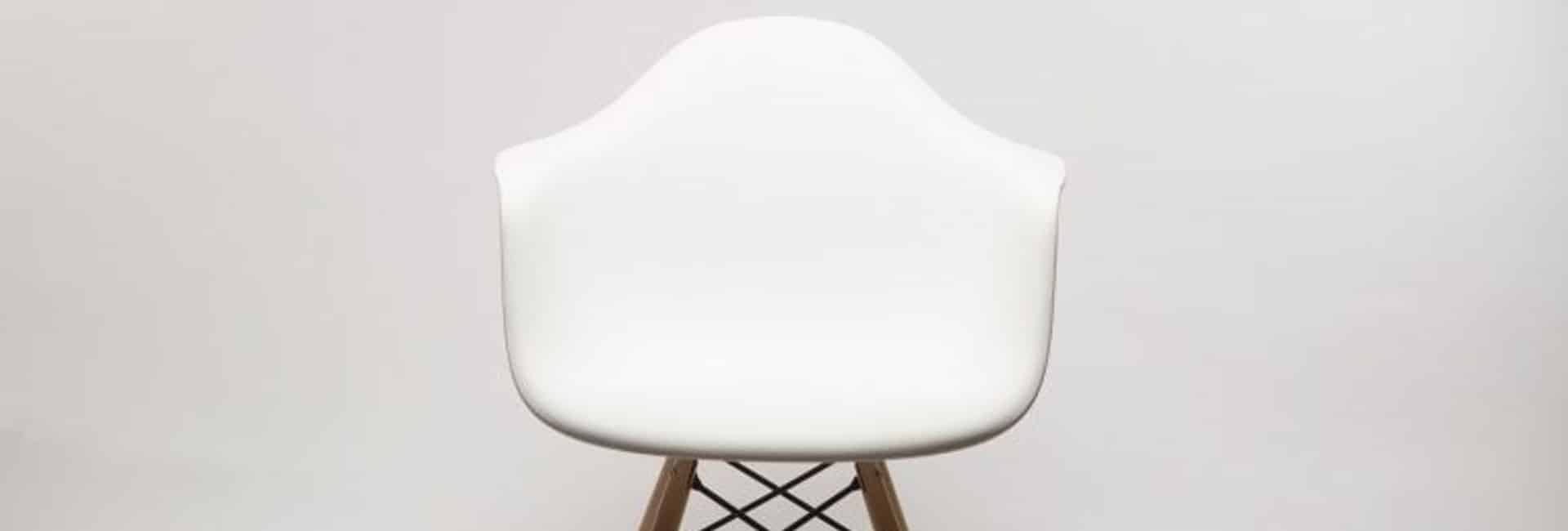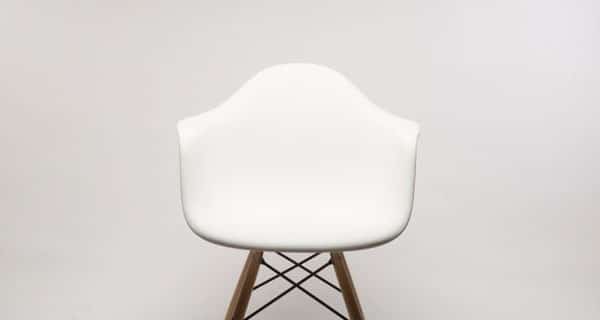
Used under a Creative Commons Licence
Replica furniture – is it legal?
Unsurprisingly, the growth of replica furniture industry has grown over the years. An example of this is the replicas of the Tolix chair, which was designed by Xavier Pauchard, in 1934 in France. In light of this clients often ask us: is it legal to copy a furniture design?
We have covered the issue of copycat products here.
However, another that has arisen in recent years is the fact that there have been many reported physical injuries in relation to the Tolix replica chairs. The injuries were due to entrapment points and sharp edges in the legs of the chairs. After these injuries were reported to the Australian Competition and Consumer Commission (‘ACCC’), several suppliers have now recalled these replica products.
Making your furniture safe (avoiding product recalls)
Many businesses sell replica furniture, but what sort of things should they be thinking about? After all, no one wants to get caught by surprise and fall off their chair (no matter how nice it is!).
Firstly, they need to ensure that the design is not registered by someone else. If it is then you cannot copy it otherwise you could get caught out for breach of design registration.
Secondly, every product needs to have certain labels which caution consumers and needs to meet the appropriate safety standards. If a product does not meet the safety standards, businesses can be reported to the ACCC. The product can potentially be recalled and the defects need to be amended.
This article looks at these issues in more detail.
Take away tips – avoiding copyright issues and other matters
- Prior to selling replica furniture, businesses need to ensure that the design is not registered.
- Every product should have certain labels which caution consumers and instructs them how to use the product safely.
- Furniture items need to meet safety standards before you sell them.
- If a product does not meet the safety standards and is reported to the ACCC, the products can potentially be recalled and the defects need to be amended.
- Businesses should have agreements in place with everyone in the supply chain to limit their liability. However, this will not be a fool proof fix as anyone in the supply chain can be liable.
How to get design registration
Even though registering a design is optional, a designer should register their design to give them protection (assuming it is new and distinctive).
However, if the design is not registered, it is possible for businesses to sell replica furniture.
This is also possible when the design registration has lapsed as designs can only be registered for ten years. Once the ten years lapse, any business can sell replicas of the design. However, the business that do sell replicas need to ensure that they are not doing it in a misleading or deceptive manner and that they are not infringing trade marks or any other legal right.
Furthermore, if a business is considering using or selling a replica design, they need to ensure that they are not infringing any registered designs. Further, they need to ensure that they are not misleading or deceiving consumers that the product is an original.
Why register your trade mark?
Interestingly, Pauchard took a very proactive approach in protecting the Tolix brand by registering it as a trade mark in Australia (registered for seats, armchairs, stools and furniture of metal by TOLIX STEEL DESIGN based in France). On the same vein, the trade mark EAMES is registered by US company Herman Miller, Inc.
Therefore, it is important that, if a business does want to manufacture any product as a replica, a search needs to be conducted to see if the product is registered as a design and / or trade mark.
Selling replica furniture
Therefore, even if businesses were able to legally sell replica furniture, the story does not end there. These businesses need to ensure that they comply with the appropriate labelling and product safety requirements. Just because it is a replica, it does not mean that the product is safe!
What about warnings?
Labelling products may need to have certain labels which caution consumers and instructs them how to use the product safely. Therefore, even if the product is considered safe, if it does not have the correct labelling, it can be considered unsafe.
An example of this is the bean bag. The ACCC stipulates that bean bags need to have the following message:
‘WARNING: Children can suffocate if bean bag filling is swallowed or inhaled. Do not let children climb inside this bean bag. A bean bag is not a safe sleeping surface for an infant under 12 months of age.’
Therefore, it is important to have the appropriate warning labels in place to ensure safety and limit liability.
As mentioned above, products need to not only have the correct labelling, they also need to comply with product safety requirements. Otherwise, the product may be considered unsafe and may be recalled.
When can furniture be unsafe? Product safety requirements and recalls
When a consumer purchases a product, the consumer expects the product to meet safety standards.
If a product does not meet the safety standards and is reported to the ACCC, the ACCC will investigate the matter. If the ACCC deems the product to be unsafe, the product needs to be recalled and the defects need to be amended. The Tolix chairs did not meet these product safety standards and was reported to the ACCC. Therefore, it was recalled.
In 2015 and 2016, there were a number of injuries in relation to the Tolix chairs which were reported. These injuries resulted from entrapment points and sharp edges in the legs of the chairs. After these injuries were reported to the ACCC, several suppliers have now recalled this product. These suppliers are:
- Fantastic Furniture;
- Early Settler Group;
- Kmart Australia Limited;
- Brayco Global Pty Ltd;
- House & Garden of SA;
- Freedom; and
- New Aim Pty Ltd.
For more information go to: ACCC Recalls https://www.productsafety.gov.au/products/home-living/furniture.
After the recalls were issued, the suppliers began giving the consumers plugs for them to insert into the chair legs.
In addition to the costs involved in a recall, no business wants to know that the chair they have sold has caused injury to someone.
Terms and conditions
It is important that appropriate agreements are in place with everyone in the supply chain, for instance, when purchasing goods from a manufacturer, in order to limit liability and have quality assurance. Our firm can assist in drafting and reviewing distribution and supply agreements.
How we can assist you
Some businesses will sell replica furniture.
However, be sure to understand the necessary requirements and your obligations. Further, be sure to have the appropriate agreements in place to ensure that your liability is limited.
Our firm can assist in:
- Trade mark applications
- Design registrations
- Drafting and reviewing agreements
- Advising in relation to labelling, product safety matters and recalls
At Sharon Givoni Consulting, we regularly advise furniture makers, homeware retailers and interior brands on how to protect their designs—or ensure their replica furniture doesn’t land them in legal hot water. From design registrations and trade mark searches to drafting supplier agreements and assessing safety compliance, we offer clear, commercially-minded advice tailored to your business. Whether you’re creating, copying, importing or selling furniture, we help you understand the legal boundaries and protect your reputation.
Turning Legalese into Legal Ease® – and “your ideas into assets”™.
Please note the above article is general in nature and does not constitute legal advice.
Please email us info@iplegal.com.au if you need legal advice about your brand or another legal matter in this area generally.


